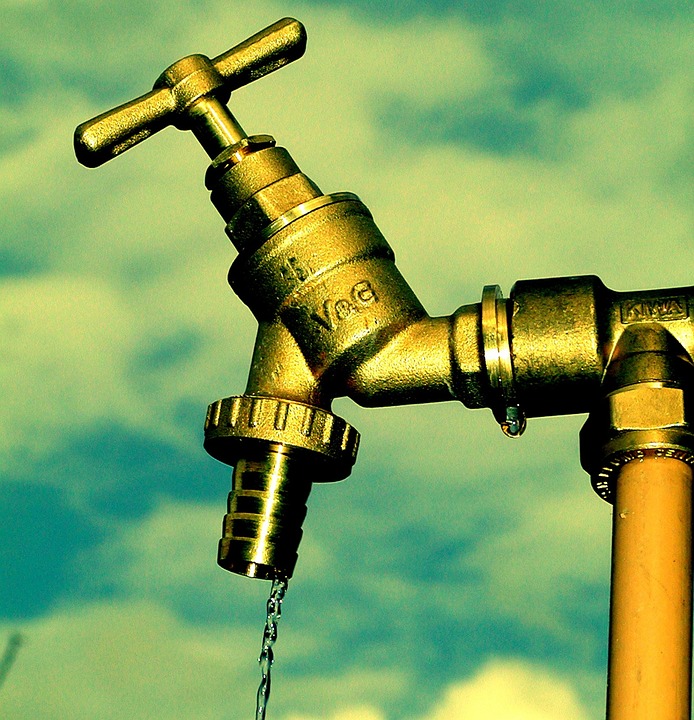If you don’t have an outside tap, you know how daunting it can be to do simple tasks, like watering your garden or filling a paddling pool. Installing an outside tap, however, is usually a simple task for plumbers.
Many homeowners may also find this job to be easy enough to do on their own. Follow just a few steps to ensure you are fitting a new outside tap properly and with care.
1. Find a Suitable Location
An outside tap needs to be connected to a domestic cold-water line, which is easily connected under a sink. Locate a sink that backs up to an exterior wall. The cold-water line from this sink will feed the outside tap.
While it is possible to connect an outside pipe to an island sink, it does complicate the process. Instead of simply drilling through a wall to connect the lines, it becomes necessary to install more pipes in the floor. When this is the only option, the task is best left to a professional plumber.
2. Know the Regulations
All outside taps need to meet the current British Standards. Make sure that any kit you purchase complies with all regulations. Your outside tap must include a check valve. This valve prevents water from backing up into the mains. Without a check valve, the outside tap may contaminate the main water supply.
3. Buy an Outside Tap Kit
Instead of purchasing each piece separately, it’s best to buy an outside tap kit. The kit, if it meets British Standards, should come with everything you need to properly install your new tap. A copper pipe will also be needed to connect the domestic cold-water line to the outside tap. This pipe should be sleeved with an even wider copper pipe.
Before beginning any plumbing work, however, be sure you know where your stopcock is located. The mains should be turned off prior to installing an outside tap kit to avoid flooding.
4. Fit a Backplate
Once the pipes have been fitted to the existing pipe, you’re ready to put a backplate on the outside tap. The backplate is affixed to the wall. Once it’s in the right position, be sure to use silicon mastic to fill in any gaps and make the pipe watertight. This will prevent water from getting inside the wall. An insulated tap cover should also be installed to keep your pipes from freezing during the colder months.
Other Options
Once your new outside tap is installed, you’ll find yourself using it for a variety of reasons. Some homeowners have even requested hot water outside taps to be installed as well. This addition of hot water makes it easier to hand wash your car or fill a paddling pool with warm water.
Other homeowners are taking advantage of the British rain by collecting water with a water-butt. Not only do water-butts not require any extensive plumbing work, but they also save money by filling large reservoirs with free rainwater.
Ask a local trader if you want advice on options for tap installations. Gutters and downpipes are all that is needed to ensure you have a constant flow of fresh water available for your garden.
















